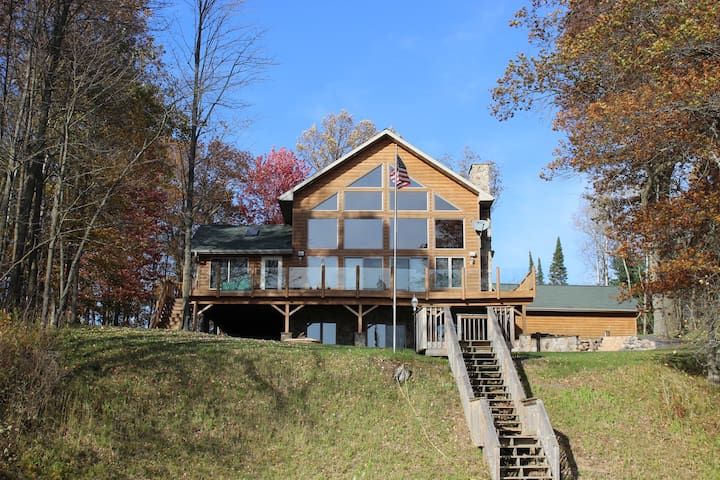If this winter-like weather plus pandemic have left you wondering about how to get started on passing the family vacation home to the family or preparing to sell it in the future, you’ll need to understand how property is transferred. The details of keeping a family vacation home in the family are shared in a useful article titled “Exit strategy for keeping the cabin in the family” from The Spokesman Review.
Two options to consider: an outright sale to the adult children or placing the cabin in a qualified personal residence trust. Selling the vacation home and renting it back from the children, is one way that parents can keep it in the family, enjoy it without owning it, and help the children out with rental income.
One thing to bear in mind: the sale of the vacation home will not escape a capital gains tax. It’s likely that the vacation home has appreciated in value, especially if you’ve owned it for a long time. If you have made capital improvements over that time period, you may be able to offset the capital gains.
The actual gain is the difference between the adjusted sales price (that is, the selling price minus selling expenses) and their adjusted basis. What is the adjusted basis? That is the original cost, plus capital improvements. These are the improvements to the property with a useful life of more than one year and that increase the value of the property or extend its life. A new roof, a new deck, a remodeled kitchen or basement or finished basement are examples of what are considered capital improvements. New curtains or furniture are not.
Distinguishing the difference between a capital improvement and a maintenance cost is not always easy. An estate planning attorney can help you clarify this, as you plan for the transfer of the property.
Another way to transfer the property is with the use of a qualified personal residence trust (QPRT). In this situation, the vacation home is considered a second residence, and is placed within the trust for a specific time period. You decide what the amount of time would be and continue to enjoy the vacation home during that time. Typical time periods are ten or fifteen years. If you live beyond the time of the trust, then the vacation home passes to the children and your estate is reduced by the value of the vacation home. If you should die during the term of the trust, the vacation home reverts back to your estate, as if no trust had been set up.
A QPRT works for families who want to reduce the size of their estate and have a property they pass along to the next generation, but the hard part is determining the parent’s life expectancy. The longer the terms of the trust, the more estate taxes are saved. However, if the parents die earlier than anticipated, benefits are minimized.
The question for families considering the sale of their vacation home to the children, is whether the children can afford to maintain the property. One option for the children might be to rent out the property, until they are able to carry it on their own. However, that opens a lot of different issues. They should do so for period of one year at a time, so they receive the tax benefits of rental property, including depreciation.
Talk with a qualified Chicagoland estate planning attorney about what solution works best for your estate plan and your family’s future. There are other means of conveying the property, in addition to the two mentioned above, and every situation is different.
Reference: The Spokesman Review (April 19, 2020) “Exit strategy for keeping the cabin in the family”



